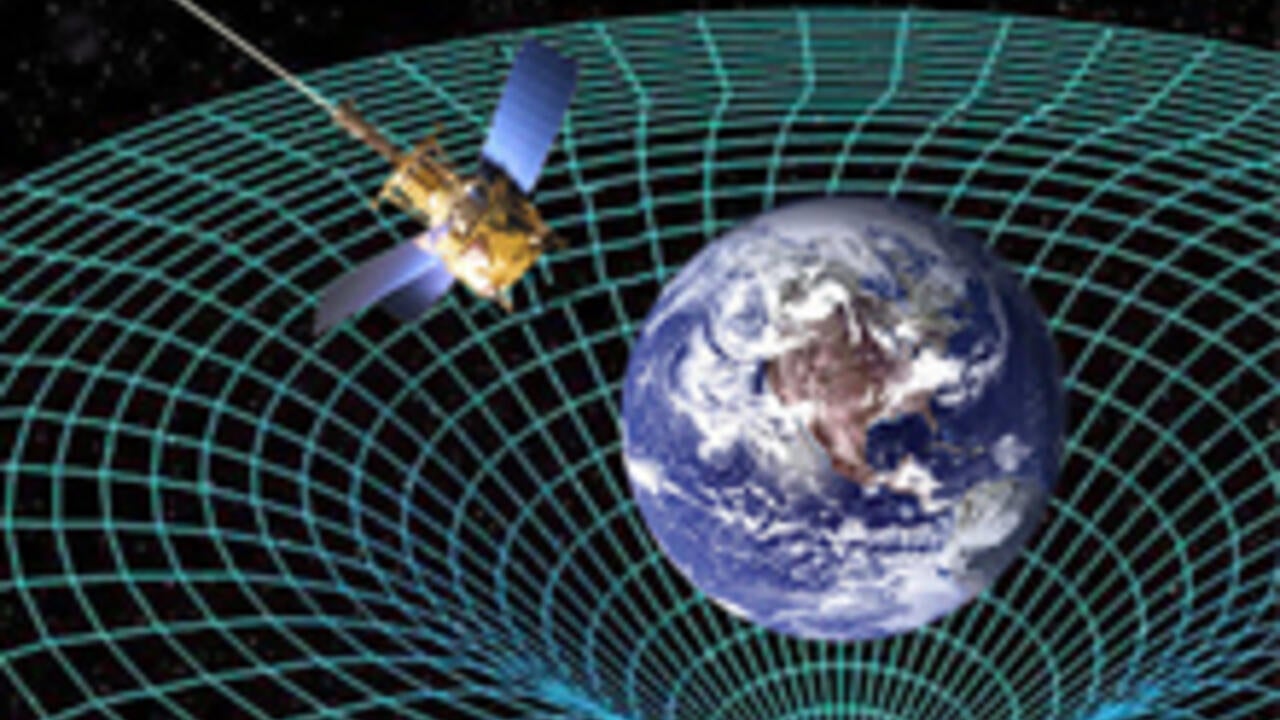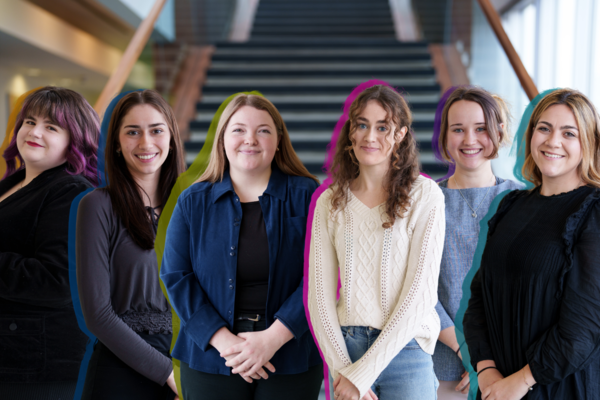
Quantum sounds could reveal shape of the universe
New mathematical tools could bring scientists one step closer to a unified theory about the universe, says Waterloo professor.

New mathematical tools could bring scientists one step closer to a unified theory about the universe, says Waterloo professor.
By Beth Gallagher Communications and Public AffairsScientists will be able to use powerful new mathematical tools developed at the University of Waterloo to bring them closer to an understanding of the origin of the universe, says Achim Kempf, an applied mathematics professor.
Kempf, the Canada Research Chair in the Physics of Information, says the new tools he developed with a team of researchers should help to unify the two fundamental theories of nature - general relativity and quantum theory.
The methods were recently published in the prestigious journal Physical Review Letters. The paper, called Shape from Sound: Toward New Tools for Quantum Gravity was authored by Kempf and by Tejal Bhamre and David Aasen, who at the time were undergraduate summer students in his group in the Department of Applied Mathematics here at the University of Waterloo.
Kempf is cross-appointed to Waterloo’s Department of Physics and Astronomy and is an associate member of the Institute for Quantum Computing .
Einstein’s theory of general relativity
Physicists have found that Einstein’s theory of general relativity very successfully describes the large features of the universe, such as the curvature of the fabric of spacetime. In contrast, quantum theory very successfully describes small things, such as the particles that make up atoms.
However, the theory of general relativity cannot be used to describe atoms. And, conversely, quantum theory cannot be used to describe the curvature of the fabric of spacetime. “What physicists really need is a single theory that applies to everything – from the smallest to the largest things,” says Kempf. “The mathematical tools that we developed help us bring these two theories together”.
The sound of quantum shifts
Kempf brings these theories a little closer together through new mathematics. To understand the researcher’s methods, consider tapping a vase with a spoon. This will make a sound that depends on the vase’s shape. Tapping a cube will make a different sound and a tapping a sphere makes still a different sound. The new mathematical methods allow one to calculate in many circumstances the shape of an object from just its sound.
These new mathematical methods, Kempf says, can be very useful for unifying the two fundamental theories, general relativity and quantum theory, by allowing scientists to describe the shape of the fabric of spacetime in a quantum way.
This is because of small fluctuations at the quantum level that are known to happen all the time and everywhere. These fluctuations cause the fabric of spacetime to ring a little bit, explains Kempf. In principle, by picking up the sound of this crackling and popping of the quantum fluctuations, he adds, scientists will be able to begin to describe spacetime in a quantum way. Theoretically, then, scientists can use Kempf’s new tools to determine the shape of spacetime from the sound of its perpetual ringing caused by quantum fluctuations.
“This could sort of marry these two theories, that have lived side by side for so many years, together, ” he says.

Read more
Funding will aid research to treat arsenic pollution in mines, enhance data privacy and address future infectious diseases

Read more
Waterloo announces winners of annual award for co-op students from each of the six faculties

Read more
Celebrating professors from three faculties for their support and guidance of graduate students
The University of Waterloo acknowledges that much of our work takes place on the traditional territory of the Neutral, Anishinaabeg and Haudenosaunee peoples. Our main campus is situated on the Haldimand Tract, the land granted to the Six Nations that includes six miles on each side of the Grand River. Our active work toward reconciliation takes place across our campuses through research, learning, teaching, and community building, and is co-ordinated within the Office of Indigenous Relations.